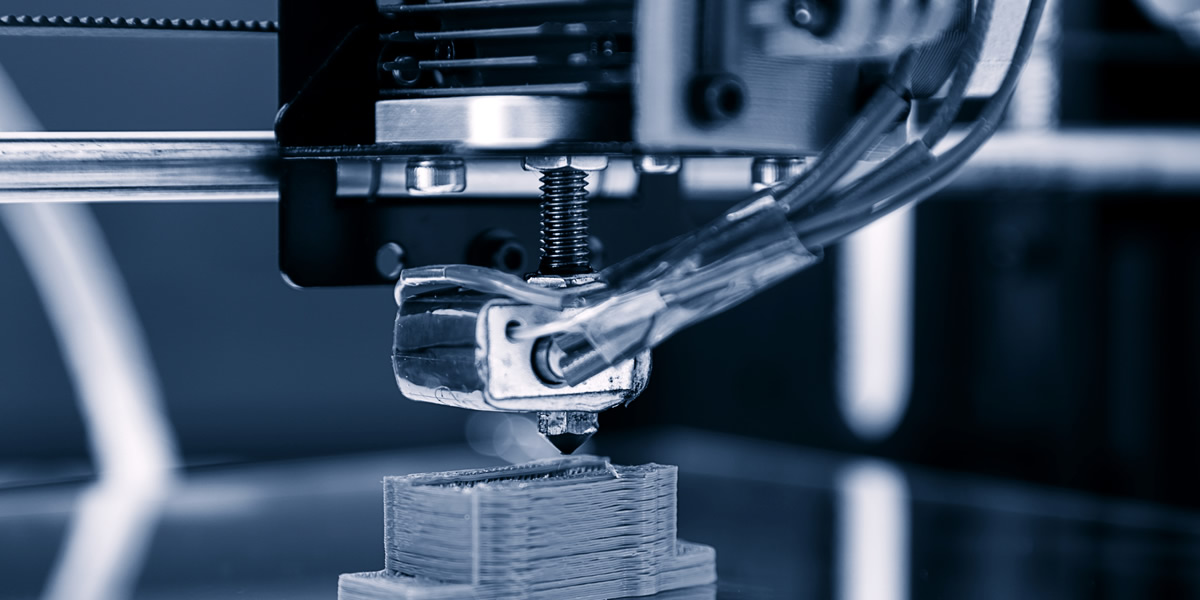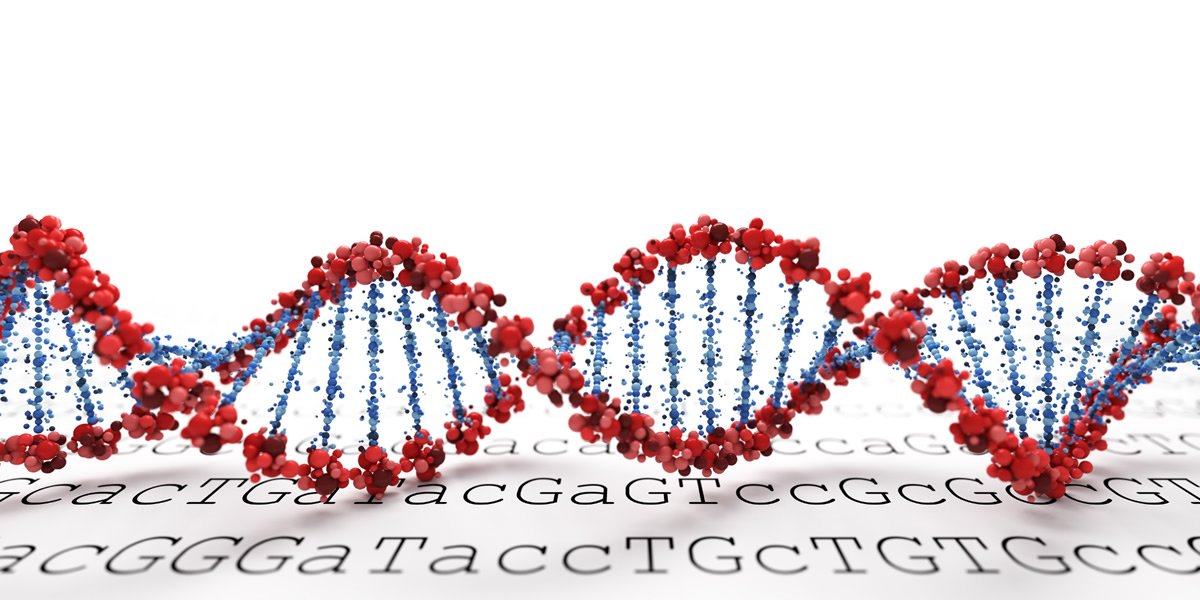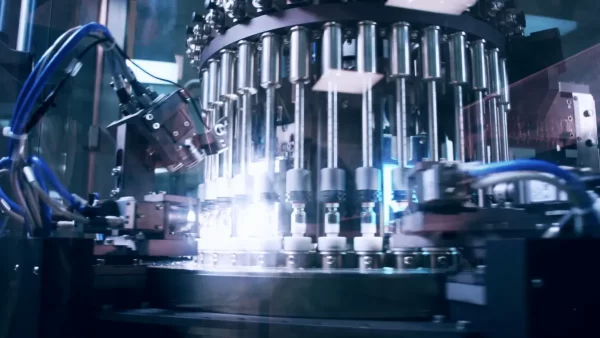By Dr. Enosh Mwesigwa, Pharmacentral Guest Writer
Innovation in the pharmaceutical industry can have far reaching impact on society. Just think about antibiotics, vaccines or recombinant DNA (rDNA). Vaccines have enabled humanity to eradicate diseases like polio and smallpox in a single generation. The impact of rDNA technology spans medicine, agricultural and law and order.
But innovation is inherently risky. Numbers vary by firm but generally up to 90% of new product and service innovations fail to deliver expected results. When it comes to technology innovations, it could be even higher. By technological innovation, I mean improved or new processes that aim to provide significantly superior characteristics than before. These innovations are particularly important as they permit the creation of new productivity frontiers and new competitive positions as incumbents’ sources of advantage decline.
The high failure rates of new technology innovations correlate with a pervasive disconnect between what new technologies promise and the willingness by the industry to exploit them. Reasons for the gap (between technological potential and willingness to adopt that lead to so many genuinely promising technologies to remain unexploited) are complex, and explored elsewhere.
Here though, is my list of five highly anticipated technology innovations that have failed to scale and will likely never deliver new, cheaper medicines. It is not that they lack scientific fundamentals, for one reason or another, the distance between potential and wide-scale deployment has not narrowed and will probably never narrow for society to experience their full benefits.
- Supercritical Fluid Technology
In the early 1990s, scientists started to explore how principles of green chemistry could be used to address excessive production of toxic solvent waste. Among the technologies considered was supercritical fluid technology (SCF), which was envisaged as an option for extractive and processing pharmaceutical processes. In drug delivery design, SCF promised to permit encapsulation of drug substances in polymeric systems at low temperature and in dry state, opening up additional manufacturing advantages. Money was liberally poured into SCF followed by a flurry of patents. However, despite its attractiveness SCS failed to become mainstream, perhaps due to the complex commercialisation landscape, which hamstrung efforts to adopt and exploit it.
- Pharmaceutical 3D Printing
The wide-scale introduction of 3D printing technologies into the pharmaceutical industry started in the late 2000s as scientists imagined its prospects in pharmaceutical R&D. It was widely speculated 3D printing would enable scientists to produce small batches of badly needed medicines, each with personalized dosages, shapes, sizes, and release characteristics. Eventually, on-demand printing of personalised medicines would be possible in pharmacies, surgeries, vending machines and difficult-to-reach places underserved by traditional supply chains.
It is 2021 and the quest is, are we there yet? No. Are we likely to reach there? Probably not. As we have discovered, there are still many technical challenges in terms of cheaper raw materials, plus (and more importantly) a lack of scalability in the pharmaceutical industry, meaning that it will be sometime before we see 3D printing dominating the pharmaceutical manufacturing scene anytime soon. Instead, it will likely remain a fringe tool, useful in very limited instances, such as very early prototyping and academic institutions.
- Artificial Neural Networks
Artificial Neural Networks (ANN) is a subfield of machine learning (ML) and artificial intelligence within the broader field of computer science. The underpinning idea in ANN is how past actions, observations and decisions can be used to make predictions or improve future decision, much the same way the human brain works. So by integrating AAN into drug discovery and development programmes it can permit automation of some important but repetitive tasks, and with soaring costs and tottering productivity, boost drug pipelines, reduce costs and speed up R&D. Thus, in the early 2000s, ANNs were widely trumpeted. In pharmaceutical development, however, it was soon found that ANN algorithms did not have meaningful statistical inference components to allow scientists to understand the accuracy of results or how they were derived. Another key limitation was the uneven and non-representative nature of data in drug discovery and development. These and many other factors have limited the usability of ANN, and instead, focus has shifted to ML and AI.
- Bioinformatics
The field bioinformatics emerged to meet the huge data generated from the human genome project. Scientist envisaged bioinformatics as a bridge between experimentation and computation—enabling scientists to manage the huge volumes of data generated so that they could make sense of what lay behind it. From drug discovery view point, bioinformatics nirvana was the identification of a section of DNA that denoted a novel drug target for treating a disease, say Cancer, migraine or diabetes. As the years rolled on, data handled within bioinformatics become more complex, going beyond DNA strings to protein function and structure and cell signalling pathways. The euphoria around what bioinformatics could provide quickly begun to fade when it became apparent that that nirvana could not be delivered within the development timelines that were being expected. As a result, bioinformatics remains just that, a tool and service in support of experimentally driven research.
- The Human Genome Project and Druggable Targets.
It has been two decades since the human genome was unveiled. During these twenty years or so, scientists have made enormous progress in applying genome information to diagnosing and treating diseases such as cancer, as well as identifying drug targets. In this sense, the value of genomics to disease genes is unquestioned, exactly how useful it is as a pointer to novel drugs remains to be seen. Indeed, many years after their identification, the genes involved in single-gene disorders such as muscular dystrophy and thalassaemia have proved to be not easily druggable as initially hoped. It is the same case for important diseases such as diabetes, high blood pressure and hyperlipidaemia, where successful identification of disease-linked genes is yet to pay dividends.







